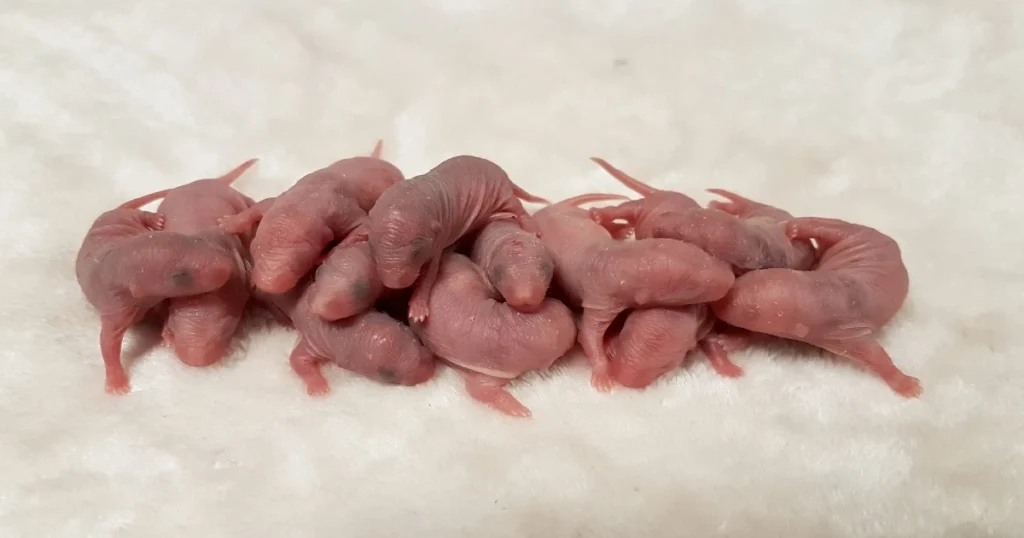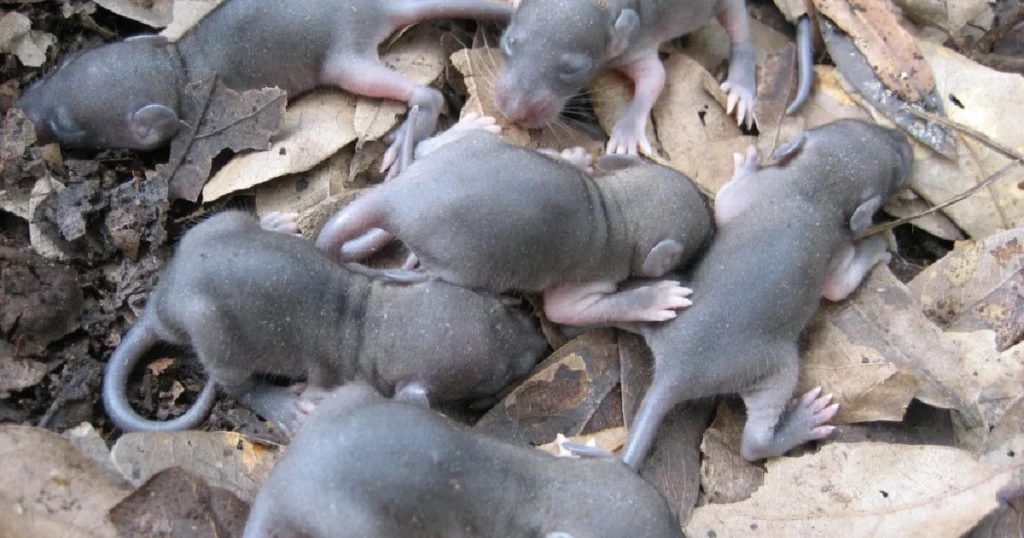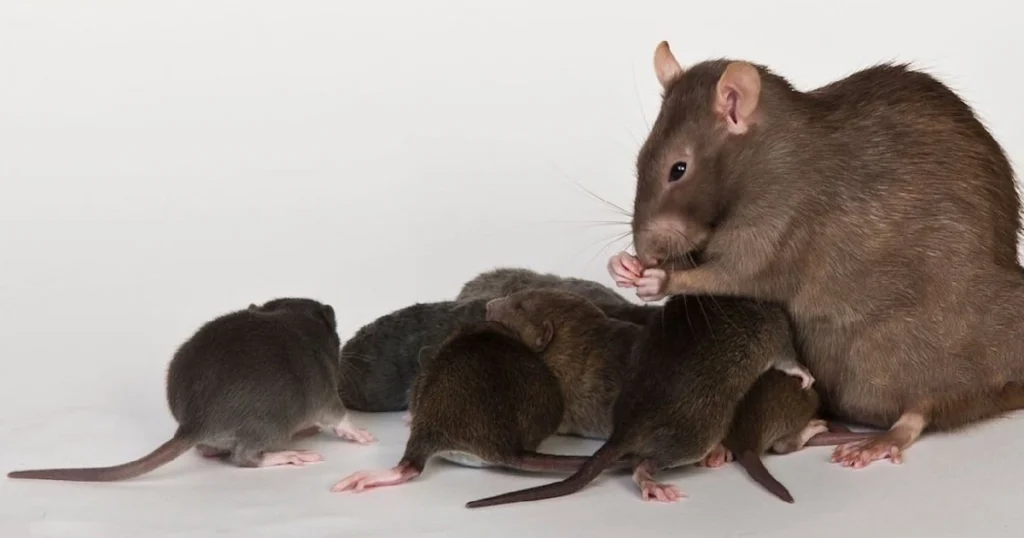
In pest control and wildlife management, a clear understanding of what a baby rat looks like is crucial for effective identification and eradication strategies. Baby rats, also known as rat pups, undergo significant physical changes as they mature from newborns to juveniles and eventually to adults. Understanding the distinct features of baby rats can aid in their accurate identification and differentiation from other rodent species.

Baby rats, at birth, are typically small and pink in color, resembling miniature versions of adult rats. Their size increases rapidly as they grow, with noticeable body proportions and limb development changes. Despite their diminutive stature, baby rats possess a robust build and exhibit agile movements, indicative of their burgeoning vitality.
Understanding baby rats' behavioral and physical characteristics is essential for effective rodent management. Baby rats exhibit distinct behaviors that reflect their developmental stage and social dynamics within their colony.

Understanding the physical and behavioral traits of baby rats and implementing preventive measures are crucial for effective rodent control.
For severe or persistent rodent infestations, seeking professional assistance from pest control experts is recommended. Critter Stop, a professional humane wildlife removal company, offers expert assistance in rodent management and wildlife removal services. Critter Stop has a fantastic reputation and online customer reviews because it provides high-quality work and great customer service. Call Critter Stop at (214) 234-2616 for a free inspection today.

In conclusion, understanding a baby rat's appearance is just the first step in effective rodent control. By combining knowledge of rodent biology and behavior with proactive preventive measures, individuals can minimize the risk of rodent infestations and protect their homes or properties from damage and health hazards. By sealing entry points, removing food sources, trimming vegetation, implementing traps and baits, and seeking professional assistance, we can effectively combat rodent infestations and maintain a safe and healthy environment.
As pest control and wildlife management experts, we understand the importance of addressing common questions and concerns regarding raccoons and their interactions with snakes. Below, we've compiled a list of frequently asked questions to shed light on this intriguing topic.
Baby rats, also known as rat pups, have distinct physical characteristics that set them apart from adult rats. They are small, pink, and hairless at birth, resembling miniature versions of adult rats. As they mature, their fur grows, developing features such as whiskers, ears, and distinct facial markings, allowing for easier identification.
Baby rats depend on their mother for warmth, protection, and nourishment during the early stages of life. While they possess instincts for survival, such as suckling for milk and seeking shelter within the nest, they cannot survive on their own until they reach a certain level of maturity and independence.
Determining a rat's age can be challenging, as it requires careful observation of physical characteristics and developmental milestones. Factors such as size, fur development, ear and eye-opening, and tooth eruption can explain the rat's age. Consulting with a wildlife expert or pest control professional can help accurately assess the age of a rat.
After a couple of weeks, newborn rats undergo significant changes in appearance and development. Their fur grows, covering their previously hairless bodies, and they become more active and mobile. Eyes and ears may start to open, allowing for increased sensory perception and exploration of their environment.
Rat size varies depending on genetics, diet, and environmental conditions. Generally, newborn rats are small and pink, resembling miniature versions of adult rats. Their size increases rapidly as they grow, with noticeable changes in body proportions and limb development. Adult rats can vary in size, with some reaching lengths of up to 10 inches or more, including the tail.
Juvenile roof rats, like their adult counterparts, are agile climbers adept at navigating their environment. They are commonly found in urban and suburban areas, seeking out sheltered locations such as attics, crawl spaces, and wall voids for nesting and breeding. Their ability to climb and access elevated areas makes them a common nuisance in residential and commercial buildings.
While teenage rats, or juvenile rats, reach sexual maturity at around 2 to 3 months of age, they may not possess the physical and behavioral characteristics necessary for successful reproduction. Size, health, and social dynamics within the rat colony can influence reproductive capabilities. Adult rats are the primary breeders within a colony, with teenage rats playing a subordinate role in the reproductive hierarchy.
For expert assistance with rodent control and wildlife management services in North Texas, contact Critter Stop at (214) 234-2616. Our team of professionals is dedicated to providing humane and effective solutions to your pest and wildlife concerns. Critter Stop has a fantastic reputation and online customer reviews because it provides high-quality work and great customer service.
Visit our Critter Library and learn more about our furry friends